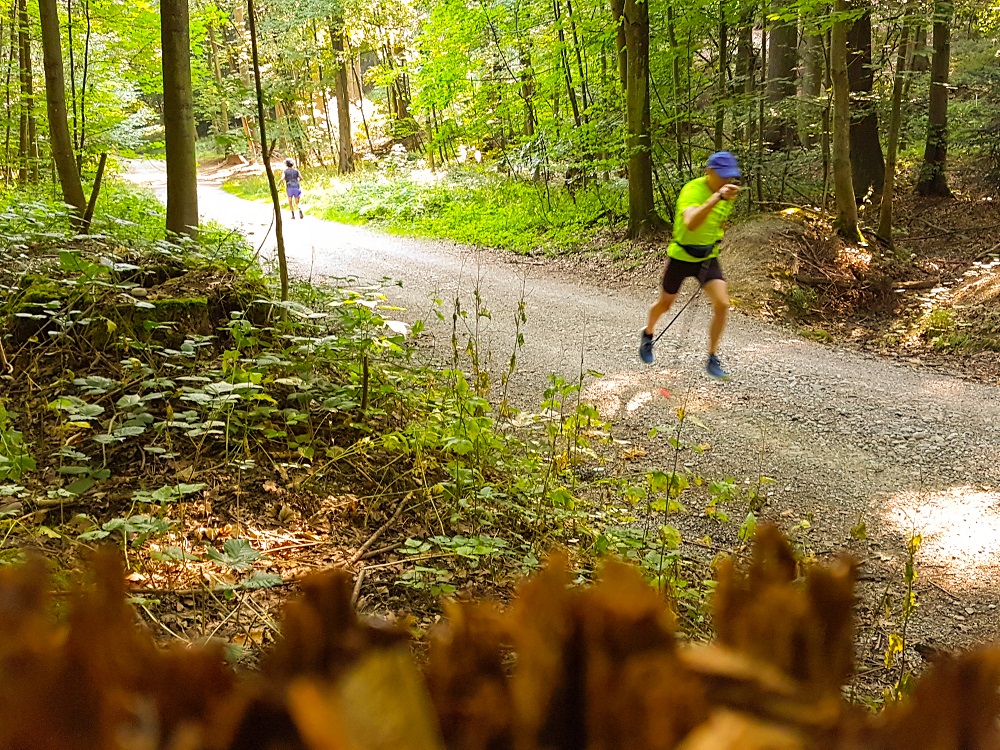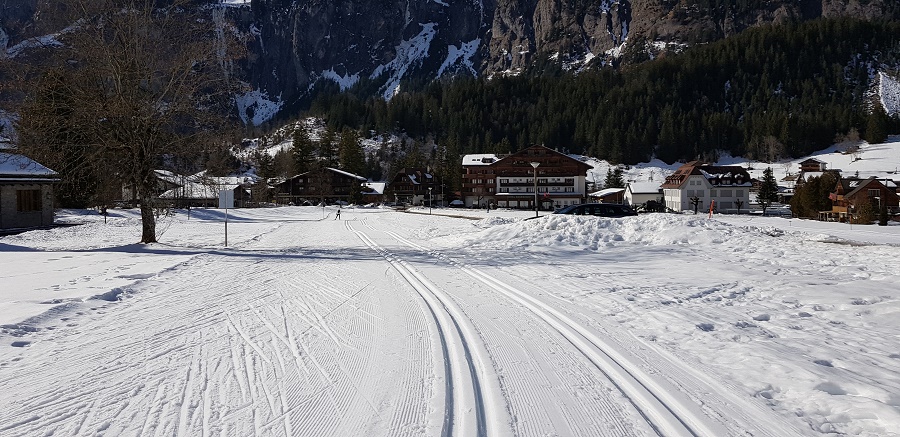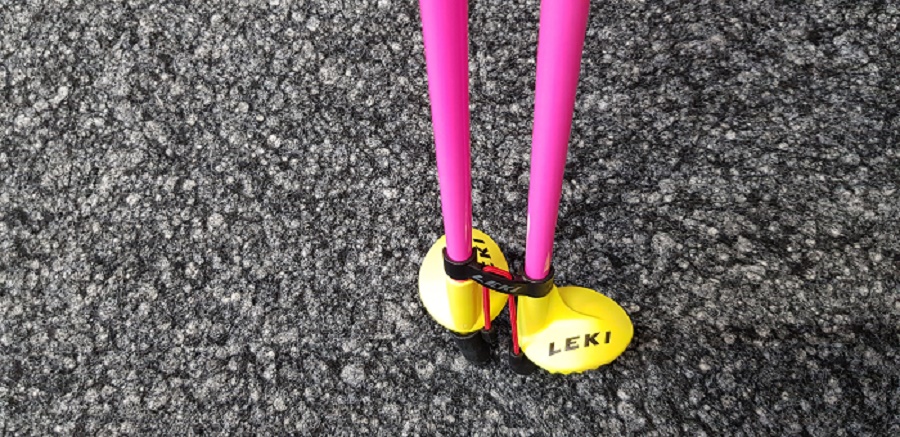High intensity interval
training
Don't train at medium heart intensity. It's too much pain for too little gain.
Discover why a combination of both high intensity interval training and low-intensity high-volume is best to improve your performance
High intensity interval training (also called HIIT) has become a trend in the fitness world. However, the exact instructions of the process have become unreliable to the gym community.
Some fitness experts preach on only high intensity workouts. They literally take people from the sofa to the red zone in the first week. The result is that they often return to the comfort of the sofa and never move again.
But, in endurance sports, high intensity interval training has been known and applied over many decades and therefore HIIT isn’t something new. Already the Finnish long-distance runner and multiple Olympic champion “Hannes Kolehmainen”, relied on intensity exercise stimuli to boost his performance at the beginning of the 20th century.
The distribution between HVLIT and HIIT (high-volume
low-intensity and high intensity interval training
If we look at studies, there is often a debate if elite and well-trained endurance athletes spend too much time in the low intensity training zone 1.
The training programs unveiled at international cross-country skiing coaches’ seminars uncover that elite and very good recreational XC ski athletes usually spend less than 20% in high intensity. And sometimes as little as 10% above lactate threshold during a year of training and competition.
There are elite-level XC skiers who log over 950+ and hours/year. And for them, it isn’t uncommon to spend between 88 - 91% in the low-intensity zone. The rest is in MIT medium intensity (3-7) and in the high intensity interval training zone (4-6%).
Some sports scientists argue that this is the right way and
are not very supportive of the high-volume low-intensity model. Yet, if you ask
elite cross country ski coaches, they support the high-volume, low-intensity
approach to training.
 Cross country skiers are made in the summer. Here I'm in a tough 6 x 5 min high intensity interval training session up-hill using the poles.
Cross country skiers are made in the summer. Here I'm in a tough 6 x 5 min high intensity interval training session up-hill using the poles.By studying the training distribution of every single endurance sport, I noticed that training between the first and second ventilatory lactate thresholds (VT1 and VT2) accounts for only a small amount of time of the total training volume.
In the case of cross-country skiing, most teams follow first the pyramidal model in the preparation phase and during the fall and winter the polarized training model.
So, this means that high-volume, low-intensity training is almost universally accepted in the cross-country ski world as well as in many other endurance sports.
A few sports scientists would call this low-quality training since most of the workload is in zone 1. That means below VT1 or at stable concentrations of <2millimole/liter.
Does more lactate threshold training improve your
performance?
A few sports scientists argue that high-volume athletes usually end up competing against other high-volume athletes at major events like the Olympics and World Championships. And so, it’s no surprise that the winners’ circles are mostly reserved for high-volume athletes since they make up the majority of competitors.
The most talented athletes also tend to gravitate toward high-volume training, since they usually link up with successful coaches who have favored low-intensity approaches. Those same scientists also mention that there is no reliable scientific evidence to support the value of high-volume, low-intensity training.
In a study carried out with elite US cross-country skiers shows that athletes who increased their quantity of high-quality training achieved impressive improvements in performance, while those who stepped up their volume of training in a traditional way failed to improve at all.
So, the question here is how long they lasted before over-training
knocked on the door.
The ”no pain no gain mentality”
Ask any cross-country ski or endurance sports coach in Scandinavia and they will tell you that they don’t believe in the “no pain no gain mentality” like it is common in the USA. Ask Dr. Stephan Seiler, a US sports physiologist who when he was new living in Norway and talked to the head coach of the Norwegian National XC ski team.
We do not train at medium heart rate intensity. It’s to much pain for too little gain.
This is something that recreational endurance athletes can learn from. Only do a small percentage in the high intensity interval training zone.
Training intensity distribution (TID) during long-term
analysis
In another study carried out with sports scientists Thomas L. Stoeggl and Billy Sperlich shows that the distribution of low-intensity and high-intensity interval training has changed. During the 1970s, the training volume of elite rowers and speed skaters were almost even divided between high-volume low-intensity training and HIIT. (Fiskerstrand and Seiler, 2004 and Orie 2014).
Then they discovered two major changes across time:
1. Training with low blood lactate (<2mM) increased from 30 to 50 hrs/month.
2. Race pace and supra-maximal intensity training (8-14mM) decreased from 23 to 7 hrs/month.
3. The total training volume increased from 924/hrs in the 70s to 966/hrs in the 80s to 1128/hrs in the 90s. Yet, a further increase didn’t lead to further improvement.
There were similar findings registered by (Fiskerstrand and Seiler 2004) with TID of successful Dutch Olympic speed skaters in four Olympic seasons from 1972-2010.
By interviewing the coaches and athletes, they noticed that the training in 1972 was based on threshold lactate training (THR) at 40/40/20%. This means 40% low intensity, 40% lactate threshold, and 20% through high intensity interval training.
But if we look at a more recent training intensity
distribution from 2010, it changed to a “Pyramidal” training intensity at about
((~80/~12/~8%) in 2010. And this isn’t just happening with elite rowers and
speed skaters, but also runners, cyclists and in all other endurance sports.
Block training without burnout
Integrating block training is a better alternative than a weekly high dose of lactate threshold training. Marit Björgen, the world’s best female cross-country skier ever, had an incredible number of high intensity interval training sessions in the 2005/06 ski season.
It was among the highest of any reported elite endurance athletes in the sport science literature. During the 2005/06 season, she used the block training approach, which meant that she performed 7 HIIT blocks.
They lasted between 7-11 days and included between 8-13 HIIT sessions. Wow, just the sheer amount of high intensity interval training sessions Björgen did during a block would be crushing. It’s an extreme example and not recommendable.
However, the advantage of cross country ski training is that it allows skiers to switch between different types of training modes. That means that not all the high intensity training sessions will rely entirely on your legs. But after a difficult and not so good results in the 2008/09 ski season, Marit changed to the more traditional training approach again.
But during block training, she mixed the HIIT between running, running with poles, or classic or skate roller skiing, or snow skiing. This switch puts different demands on the upper and lower body, which made it easier to recover from these very intense training sessions.
Over the last three years, I have been using the traditional approach. My interval sessions consist of one high intensity interval session and one lactate threshold a week.
If you need any help with your training, drop me note.


